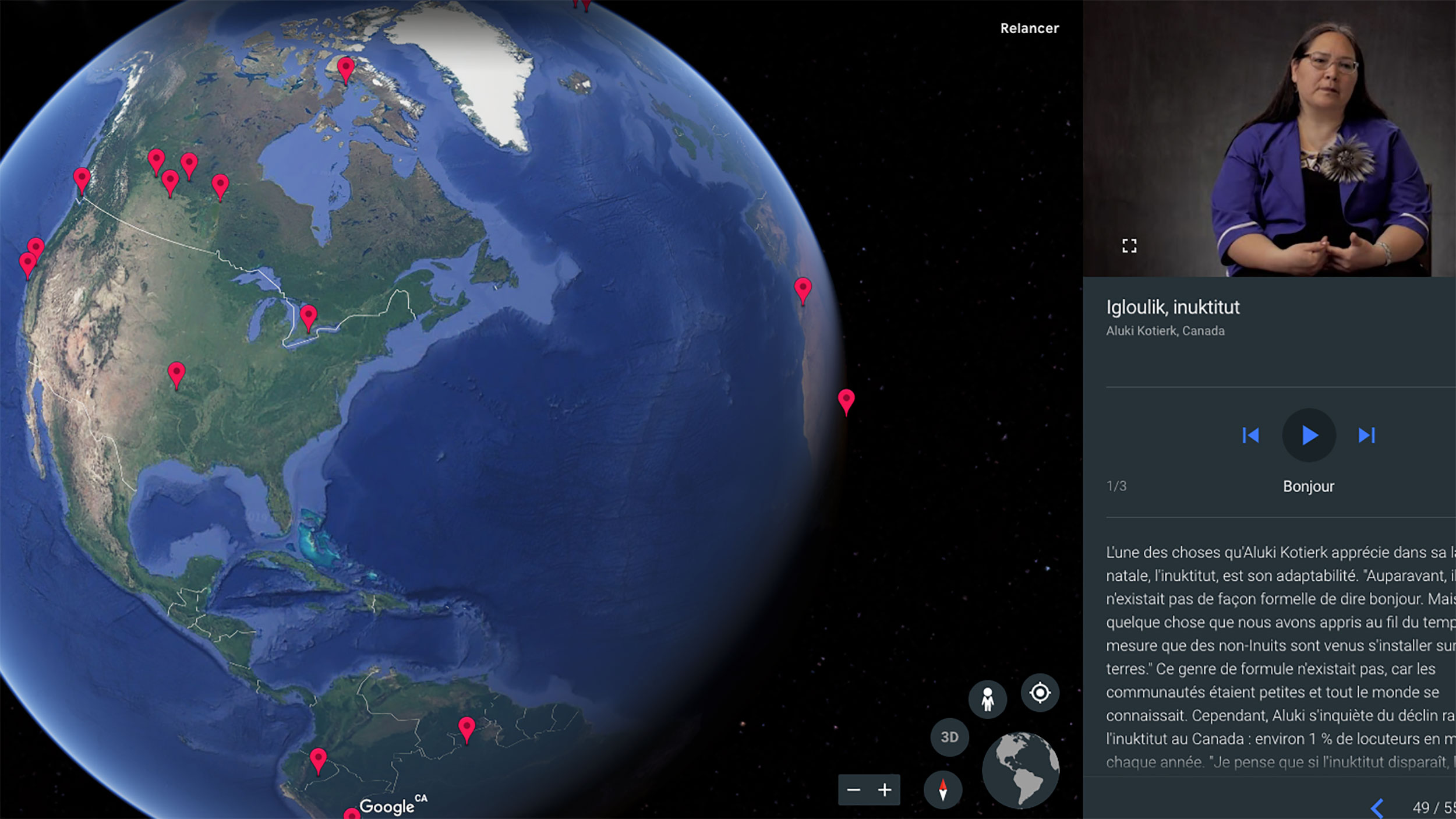In your opinion, how many languages are there in the world? More than we can imagine. And unfortunately, many languages and dialects disappear little by little, for lack of people who wish to learn it. To avoid a rapid disappearance of languages, Google Earth offers a new feature that allows you to hear endangered native languages.
How Many Languages Are There in the World?
If you want to become multilingual, you are spoiled with choice. Among the most spoken languages, you can learn English, Spanish, German, Italian, French or even Mandarin. If you like challenges, you can learn complicated languages like Norwegian, Icelandic or Arabic. But you will certainly have trouble learning all the languages and dialects that exist in the world.
Obviously, it is difficult to know the exact number of languages in the world. Firstly, because a single language may have different dialects depending on the region, such as Spanish, Hindi or Chinese. And then, it is difficult to establish a precise list of languages, since they are spoken by small and isolated communities. But according to the website ethnologue.com, there are currently 7,111 languages spoken in the world, nearly half of which could be in danger.
Use Google Earth to Discover Indigenous Languages
But then, how can we not forget about these 7,111 languages? As part of the United Nations International Year of Indigenous Languages, Google Earth has created a project to publicize and honor these languages. As users, you just need to go to the Google Earth website to discover more than 50 endangered languages.
On the website, it says that "according to the United Nations, 2,680 indigenous languages are in danger". They gathered the testimonies of 55 native speakers, in order for them to share traditional greetings and songs. To discover these languages, you just have to explore the planet and click on the red dots.
For each endangered language, you can discover how to say hello, a proverb or a traditional song. For example, you can listen to a few words in Inuktitut, a Nunavut language in northern Canada, while in New Zealand, you can hear a few words in Te Reo Māori.
Thanks to Google Earth, we can now broaden our horizons to discover indigenous languages rich in culture. Sometimes, these languages are spoken by fewer than 6,000 people. Without a work of sharing and remembering, they will unfortunately be forgotten.
 Endangered Languages : Google Earth Now Allows Indigenous Languages to Be Heard">
Endangered Languages : Google Earth Now Allows Indigenous Languages to Be Heard">







